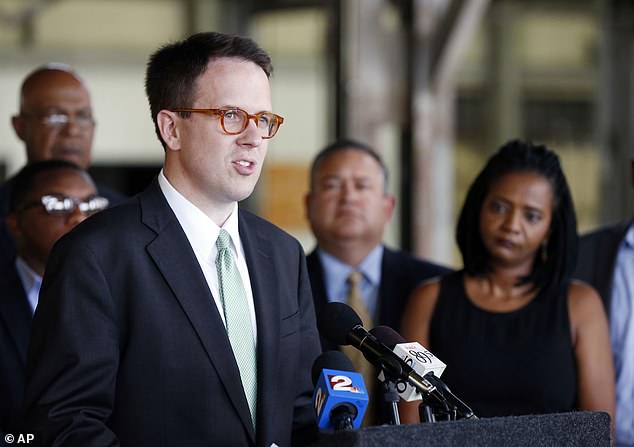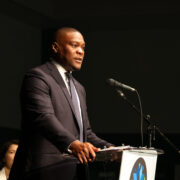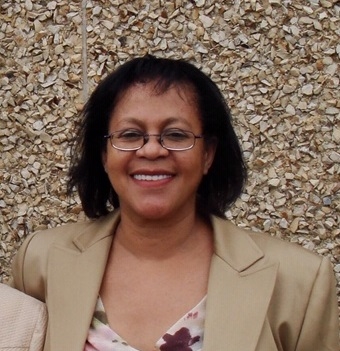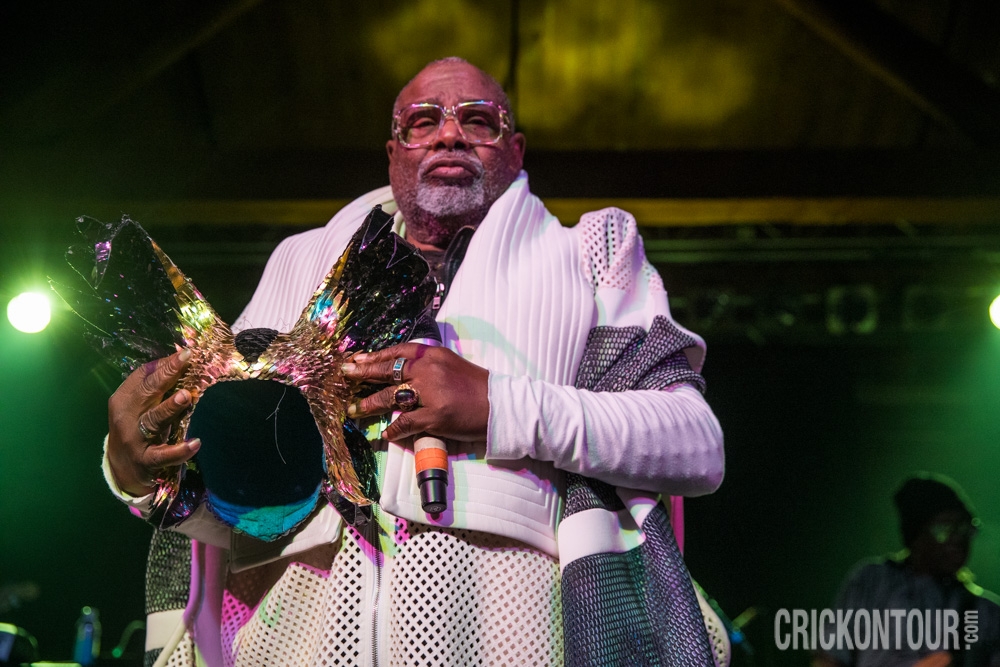
By Kevin Canfield
As budget items go, it’s a pittance. But the $100,000 Mayor G.T. Bynum included in his fiscal year 2019-20 budget proposal Wednesday for Phase 1 of the 1921 Tulsa Race Massacre mass graves investigation is bound to have an impact that far exceeds its funding.
Work on the project is expected to begin next month with the first meeting of the Citizens Oversight Committee. That will be followed by a town hall meeting to outline the overall process to ensure that the public knows what to expect from it.
The city has yet to determine when the examination of possible mass grave sites will begin.
Bynum said Wednesday that he and City Councilor Vanessa Hall-Harper agreed that it is important to have citizen oversight of the process from the start.
“We recognized quickly that there are two tracks. … There is the technical track, which by far is the easiest part of it, and there is the community aspect, which is more of a challenge,” the mayor said.
Bynum announced in October that the city will initially examine three sites for possible mass graves related to the 1921 massacre: Oaklawn Cemetery, which has been searched before for unmarked graves; Rolling Oaks Memorial Gardens, formerly called Booker T. Washington Cemetery; and property near Newblock Park.
The last time the sites were examined was in the late 1990s and early 2000. That study was led by the Tulsa Race Riot Commission. This time, the Oklahoma Archaeological Survey, which assisted in the initial study, and the state Medical Examiner’s Office will lead the effort.
“The technology we have available (today) is light years from what they had available to them” two decades ago, Bynum said.
If anomalies consistent with mass graves are identified at any of the sites, excavation would occur.
“As soon as any human remains are found, that is when it gets forwarded over to the state Medical Examiner’s Office,” Bynum said.
And that is when the work becomes even more challenging. The city has been told that identifying individuals found in old graves could take five to 10 years, the mayor said.
“This is not DNA on somebody that got killed a couple of weeks ago and you just go to the next-of-kin and get a match,” he said. “We have to find descendants of these folks who are dispersed, at this point, to points all over the world.”
The massacre, which was known as the Tulsa Race Riot for generations, occurred May 31-June 1, 1921. Dozens of deaths were confirmed, but some estimate that hundreds of people were killed. Hundreds more were injured, and thousands were left homeless. The prosperous black business district on Greenwood Avenue was destroyed, as was much of the black residential area.
Bynum told the Tulsa World last year that he has been thinking about the project for years, including when he served on the City Council.
“I always thought, if I am ever mayor and in a position to have executive authority, that I would do something about it,” he said then. “Because I think if there are mass graves there, the citizens of Tulsa deserve to know, and the victims and their families deserve to know it.”










